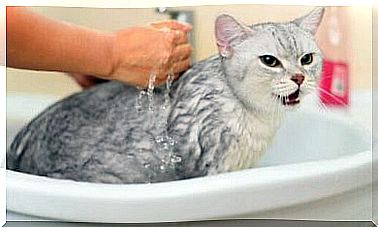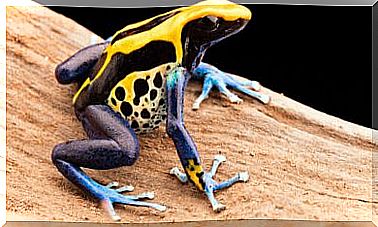Anchovy Or Anchovy: Distribution Characteristics And Commercial Value
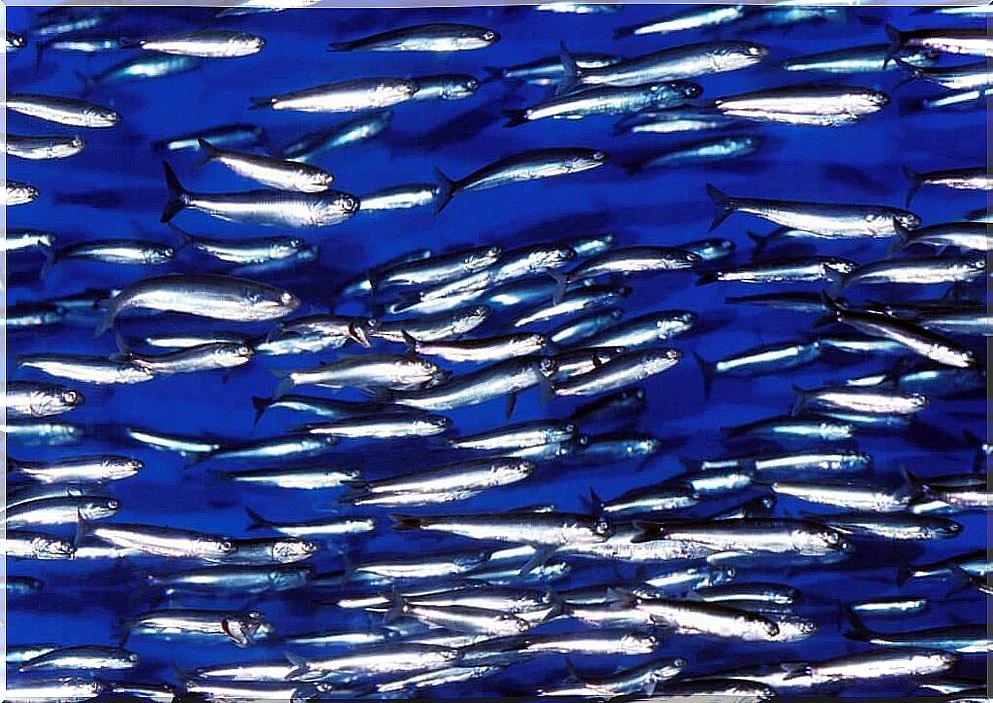
The anchovy or anchovy is a clupeiform fish of the genus Engraulis, to which 9 different species belong. These animals play a key role in the food chain within the oceans and also have an impact outside of them. The good health of these animal populations makes life in the ocean as we know it possible.
This animal is known as anchovy when referring to its live or fresh state for human consumption. Its other name, anchovy, is given after a process of salting and subsequent packaging in vegetable oil for conservation. Next, we will show the characteristics of this animal and its great importance as food for humans.
Characteristics of anchovy or anchovy
Anchovy or anchovy is one of the most popular and consumed fish, along with other blue fish such as mackerel or sardines. As we said, it gets one name or another depending on its state. If it is alive or if consumed fresh, it will be anchovy, when preserved it will be called anchovy.
It is a small fish, between 9 and 20 centimeters. It has an elongated and laterally compressed body. It has a pointed beak with a jaw shorter than the upper jaws. Viewed from the front, the facial region is smooth and flat, which widens in the region of the gills. This feature serves to threaten your predators.
In addition, these fish have large eyes that occupy almost the entire facial region, as they are very visual animals. When they are alive or fresh, they present a very striking blue color, which is lost after preparing the preserve.
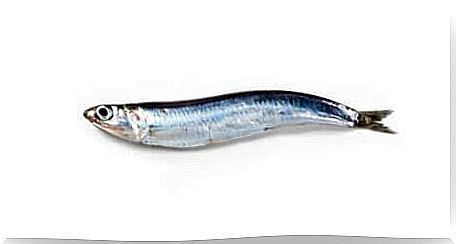
Anchovy distribution
Although there are several species of anchovy or anchovy, one of the most important in the gastronomic and commercial sphere is the engraulis encrasicolus .
This animal is distributed along the Atlantic coast of Europe, the Mediterranean Sea, the Black Sea and the entire Atlantic coast of Africa, and even in small regions of the Indian Ocean, such as Mauritius, Seychelles and upwelling areas around Somalia .
Anchovy Habitat
Engraulis sp. it is a pelagic animal, that is, it lives on the surface of the seas and oceans, at a maximum depth of 400 meters. The species forms large shoals, which provide the specimens with the necessary protection to migrate from the northern hemisphere to the south every year.
Anchovy migration is one of the most important natural events that occur in the oceans. It’s a time of upsurge of life, plenty of food and a good fishing season for humans.
Commercial value of anchovy or anchovy
Anchovy or anchovy has a high commercial value and is one of the most consumed fish in the world. In some countries, such as Spain, this animal represents 30% of the fish consumed nationally, in addition to this country being a great exporter, mainly of the canned variant.
As it is a species of great commercial importance, catches in recent decades have increased considerably. On many occasions, certain populations were completely decimated, so that you could no longer catch any anchovies no matter how hard you tried.
For this reason, in many European countries a law has been established that prohibits the fishing and sale of specimens smaller than 9 centimeters, as they are considered young animals.
Overfishing, linked to environmental problems such as pollution and global warming, have meant that the number of specimens of the species is currently in decline.
In addition to the establishment of restrictive measures in relation to size, fishing bans were also enacted at certain times of the year, as well as periods of exploration in specific regions.
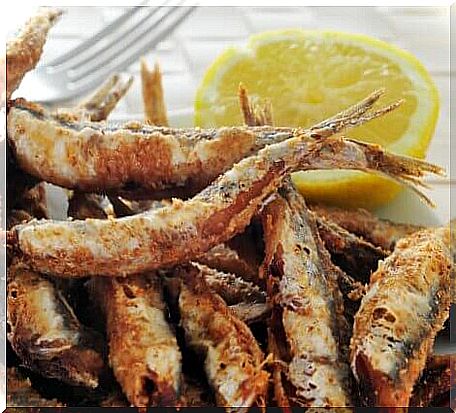
As the anchovy is located at a very low level of the ocean food chain, its disappearance could create a veritable ecological chaos in all the oceans of planet Earth. Therefore, it is necessary to protect this species at all costs, for us and for the other animals around us.


